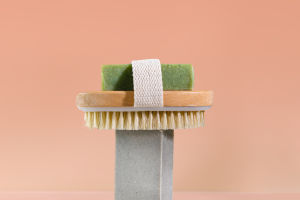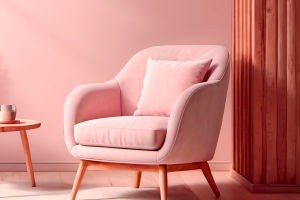When we think of a day at the beach, certain essentials come to mind that are nearly synonymous with the experience—chief among them, beach chairs and lifebuoys.
Both items contribute uniquely to beachgoers' comfort, relaxation, and safety, making them staples of any seaside setup.
Let's dive into why these simple yet essential objects are so common on the beach and the roles they play in creating a safe, enjoyable beach environment.
Beach chairs are an essential item for anyone who wants to relax comfortably while enjoying the sun and sea. Designed to be lightweight and portable, these chairs allow people to sit back and unwind without dealing with sand sticking to their bodies or having to lie on the ground.
Many beach chairs are designed with extra features for convenience, such as cup holders, adjustable backrests, and even built-in umbrellas for added shade.
Aside from convenience, beach chairs come in various types to cater to different needs. Folding chairs are popular due to their easy portability, and lounge chairs, with their reclining backs, provide an optimal position for tanning or napping.
For families, oversized or padded chairs add extra comfort and durability. Some chairs even have water-resistant or quick-drying materials, which are ideal for beach environments.
By elevating beachgoers above the sand and keeping them comfortable, beach chairs enable people to fully enjoy the beach experience without compromising on comfort.
While beach chairs offer relaxation, lifebuoys serve a critical role in beach safety. Lifebuoys, often recognized as the iconic red-and-white ring floats, are essential lifesaving devices found at almost every beach. They provide a reliable flotation aid for people in distress and are an important tool for lifeguards and beachgoers alike.
A lifebuoy's design allows it to be easily thrown to someone in need, helping them stay afloat until rescue arrives.
The bright colors make it highly visible from a distance, a crucial feature that allows rescuers or others nearby to locate it quickly. Lifeguards are specially trained in deploying lifebuoys to help people caught in strong currents, sudden waves, or other situations where swimming alone may not suffice.
Lifebuoys are often placed at strategic points along the beach to maximize accessibility. In some locations, they are installed on posts with ropes attached, allowing for even greater reach.
While many people see lifebuoys as simply part of the beach scenery, they serve as silent guardians, contributing significantly to the overall safety of the beach environment.
The presence of beach chairs and lifebuoys at almost every beach is a testament to their importance in providing both comfort and safety. Beach chairs enhance the leisurely aspects of the beach experience, allowing people to relax, read, and even have picnics comfortably.
Meanwhile, lifebuoys stand as a reassuring symbol of safety, providing a lifeline in case of emergencies. The availability of both items reflects the dual nature of beach outings—both as a place of relaxation and as a space where safety measures are respected.
Beach chairs and lifebuoys are not just ordinary objects; they are essential parts of the beach experience that cater to the needs of relaxation and safety.
The next time you find yourself at the beach, consider how these seemingly simple items enhance your experience, allowing you to enjoy the sand and sea with both comfort and peace of mind.
Whether you're reclining in a cozy beach chair or reassured by the sight of lifebuoys along the shore, these items contribute to making your beach day enjoyable and safe.


